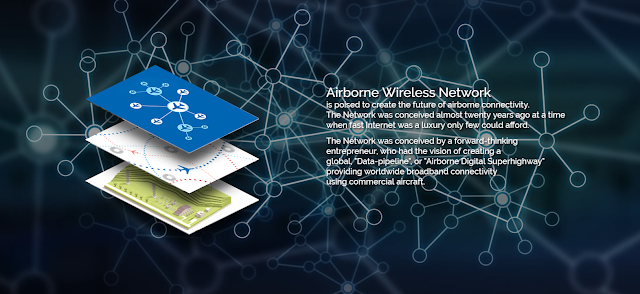Your Cell Tower Just Left from O'Hare
Airborne Wireless Network Hopes to Capitalize on Airline Traffic to Provide Cellular Service
 |
| Photo courtesy of Airborne Wireless network |
Imagine a planet where remote areas could get wireless without adding costly ground cell towers or providing a quick emergency network for first responders - Airborne LTE could be the solution. Some of the big carriers (Verizon and AT&T) have been testing drones to create a cellular network or mesh in the sky. Others like SmartSky Networks and Airborne Wireless Network(AWN) are actually using commercial aircraft to create a sky cellular network.
How Airborne Wireless Network Works
Benefits of Airborne Wireless
AWN believes that their solution once implemented should provide low-cost, high-speed connectivity to rural areas, island nations, ships at sea, oil platforms, in addition to connectivity to commercial and private aircraft in flight. One benefit of using commercial aircraft is that there is plenty of flights , estimated to be over 100k flights per day. according to AWN, using commercial aircraft as "mini-satellites" to create the network has several advantages over regular satellites.
Technology to keep an eye on.
Featured on

Comments